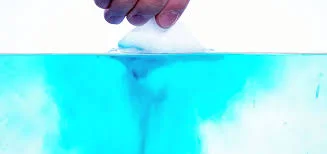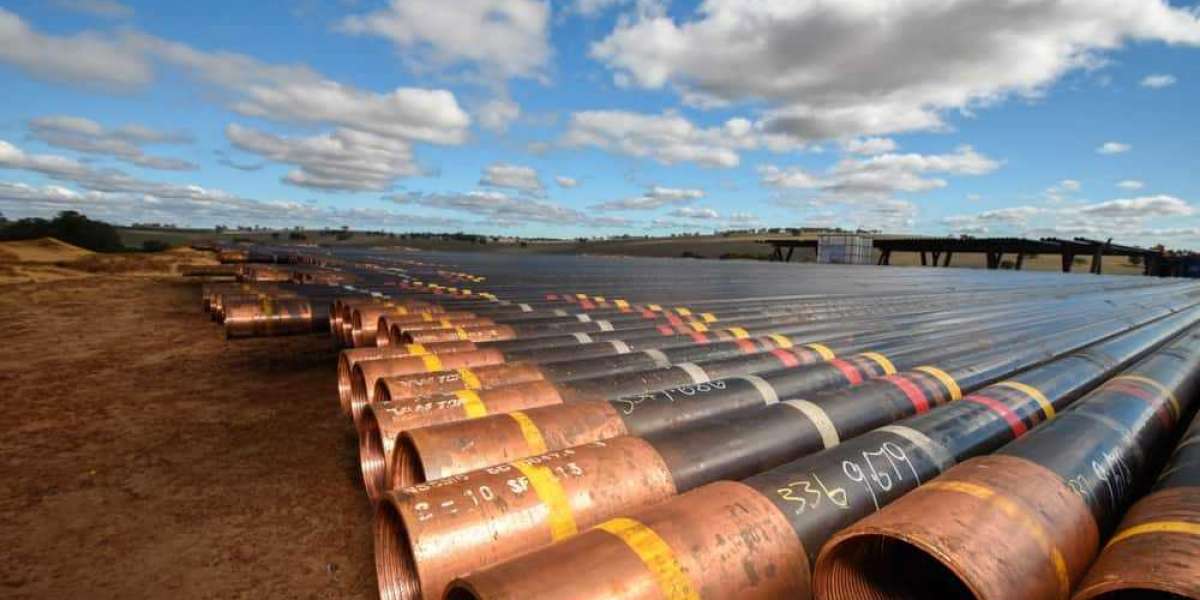Packaging plays a crucial role in our daily lives, from keeping our food fresh to protecting valuable products during transportation. But have you ever wondered about the different types of packaging and how they differ? In this blog post, we will explore two popular options: flexible packaging and water-soluble packaging. These innovative solutions offer unique benefits and applications that cater to diverse needs. So, let's dive in and unravel the fascinating world of flexible packaging and water-soluble packaging! Whether you're a curious consumer or an industry professional looking for sustainable alternatives, this article will provide insights into these versatile packaging options.
The materials used in each type of packaging
Flexible packaging andwater-soluble packaging are two distinct types of packaging that serve different purposes and utilize different materials. Let's take a closer look at the materials used in each type.
Flexible packaging typically consists of multiple layers, each serving a specific purpose. The innermost layer is often made of polyethylene (PE), which provides the necessary barrier against moisture and oxygen. This layer is followed by other materials like polyester (PET) or aluminum foil, adding strength and further protection. An outer layer made of polymer film is added for visual appeal and branding.
On the other hand, water-soluble packaging is primarily composed of biodegradable polymers such as polyvinyl alcohol (PVA). PVA dissolves in water without leaving any harmful residues behind, making it an environmentally friendly option for various applications.
The choice of materials in flexible packaging allows it to offer excellent resistance to punctures, tear resistance, and durability while still being lightweight. This makes it ideal for protecting food products from spoilage or damage during transportation.
Water-soluble packaging, on the other hand, has unique properties that make it suitable for specific applications such as single-use detergent pods or medical supplies. Its ability to dissolve quickly when exposed to water eliminates the need for manual unwrapping or disposal.
Flexible packaging utilizes layers of different materials like PE and PET to provide protective barriers and maintain product freshness while also offering visual appeal through polymer films. Water-soluble packaging relies on biodegradable polymers like PVA that dissolve in water without harming the environment. Each type serves its own purpose based on their distinctive material composition.

Difference Between Flexible Packaging And Water-Soluble Packaging
The difference between flexible packaging and water-soluble packaging lies in the materials used and their properties. Flexible packaging is made from various types of films, such as plastic or aluminum foil, that can be easily bent or folded without breaking. It offers excellent barrier properties to protect products from moisture, light, and air.
On the other hand, water-soluble packaging is typically made from biodegradable polymers that dissolve in water. These materials are designed to break down quickly when exposed to moisture or liquid, making them ideal for applications where convenience and environmental sustainability are important.
Flexible packaging provides durability and versatility, allowing it to be used in a wide range of industries like food and beverage, pharmaceuticals, personal care products, and more. It can take different forms such as pouches, bags, wrappers or labels.
Water-soluble packaging is commonly used for single-use items like laundry detergents pods or dishwasher tablets. The dissolvability of this type of packaging makes it easy to use without any waste disposal concerns.
In terms of environmental impact , flexible packaging can have both positive and negative aspects depending on its end-of-life management. While it uses fewer resources during production compared to rigid alternatives like glass bottles or metal cans , proper recycling infrastructure needs improvement worldwide.
Water-soluble packaging offers a reduced environmental footprint as it breaks down harmlessly into non-toxic components when disposed of properly through regular wastewater treatment systems .
In conclusion both types have unique characteristics that make them suitable for specific applications but they also present challenges related to waste management . However with advancements in technology there's potential for even greener solutions in the future.
Common uses for each type of packaging
Flexible packaging is widely used in various industries due to its versatility and convenience. Its ability to take on different shapes and sizes makes it ideal for packaging a wide range of products such as snacks, beverages, pet food, beauty products, and pharmaceuticals. The flexibility of the material allows for easy storage and transportation, while also providing protection against moisture, light, and oxygen.
Water-soluble packaging has unique applications that cater to specific needs. One common use is in the laundry industry where water-soluble detergent pods or sachets are used. These convenient pouches dissolve completely in water during the wash cycle without leaving any residue behind. They provide precise dosing of detergents while reducing waste since there's no need to measure out liquid or powdered detergent.
Another notable application is in agriculture. Water-soluble films can be used to encase fertilizers or pesticides which can then be easily dissolved when applied directly onto plants or soil. This helps improve efficiency and reduces the risk of worker exposure to harmful chemicals.
Furthermore, water-soluble packaging also finds application in personal care products such as bath salts or shower gels that come in dissolvable pouches. This eliminates the need for single-use plastic bottles and promotes eco-friendly alternatives.
Both flexible packaging and water-soluble packaging offer unique advantages depending on the specific requirements of different industries. Their diverse applications contribute towards sustainable solutions by reducing waste and promoting efficient product delivery systems.

Environmental impact of both types of packaging
The environmental impact of packaging is a crucial consideration in today's world. Both flexible packaging and water-soluble packaging have their own unique characteristics when it comes to sustainability.
Flexible packaging, typically made from materials like plastic films, has garnered criticism for its contribution to pollution and waste. The production of these materials often involves the use of fossil fuels and can emit greenhouse gases into the atmosphere. Additionally, improper disposal or littering of flexible packaging can lead to environmental contamination.
On the other hand, water-soluble packaging offers a more eco-friendly alternative. These packages are designed to dissolve in water without leaving behind any harmful residues. They are usually made from biodegradable materials such as PVA (polyvinyl alcohol) or starch-based polymers.
Water-soluble packaging not only reduces plastic waste but also minimizes the risk of marine pollution caused by discarded non-biodegradable materials. When properly disposed of, water-soluble packages can break down naturally over time, reducing their impact on landfills and ecosystems.
While both types of packaging have their advantages and disadvantages regarding the environment, it is essential for consumers and companies alike to prioritize sustainable alternatives that minimize harm to our planet. By choosing products packaged with eco-friendly options like water-soluble packaging whenever possible, we can contribute towards a greener future.
Conclusion
Flexible and water-soluble packaging offer unique advantages in terms of functionality, convenience and environmental impact.
Flexible packaging offers flexibility, durability and versatility. It can be used in a variety of products, including food, beverages, pharmaceuticals, and more. It has become a popular choice among manufacturers due to its ability to protect contents from moisture and air exposure while maintaining product freshness.
Water-soluble packaging offers innovative solutions for reducing waste and promoting sustainability. Its ability to completely dissolve in water eliminates the need for traditional disposal methods such as recycling or landfilling. This makes it particularly useful in applications where easy solubility is required, such as laundry detergents or disposable personal care products.
All in all, both types of packaging have their place in today’s market. Flexible packaging excels at providing protection and versatility, while water-soluble packaging solves issues related to waste reduction and sustainability.
CHANGZHOU GREEN CRADLELAND MACROMOLECULE MATERIALS CO., LTD was established in 2011. It is a professional high-tech industrial company focusing on the RD, production and export of PVA water-soluble film, PVA water-soluble packaging bag, and PVA water-soluble nonwoven fabric. The company is positioned as an expert in the application of functional new materials in the field of general health, and is mainly committed to providing customers with safe, healthy and environmentally friendly products. Welcome to inquiry if you need to know more about water-soluble packaging solutions.
The picture is for reference only, please consult for more details.
Email:lucifer@pvalzy.com



